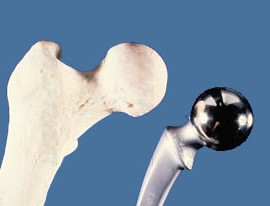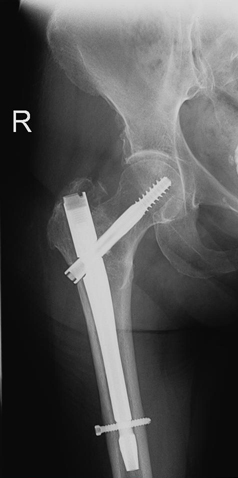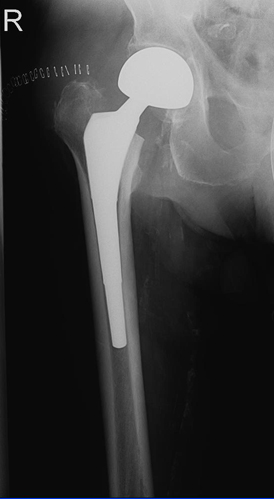|
Your hip is a ball-and-socket joint between the end of the thigh bone () and the pelvic socket (). The femoral head and acetabulum are normally covered by a smooth layer of . This allows the ball to glide easily inside the socket. The joint is surrounded by a fibrous capsule that has thickened areas or ligaments embedded within it which help give the joint extra stability. Strong muscles such as the and surround the joint and control its motion.
|
 |
|
|
Frequently, the articular cartilage of the hip may become damaged due to or . When this occurs, the joint surfaces becomes irregular and misshaped. As roughened surfaces of worn cartilage and bone rub together, the patient experiences pain, and movement becomes limited. Over time, the condition worsens. |
 |
||
Intertrochanteric fractures occur between the . This region has an excellent blood supply and therefore a high rate of healing. Surgery is typically performed to align the hip correctly and stabilize it so that the patient can move and walk with less pain while the fracture is healing. Our surgeons use the newer technique of intramedullary fixation that allows the fracture to be fixed through 3 small (1/2-1 inch) incisions. Surgery is performed under live X-ray guidance and does not require direct exposure of the fracture. This results in less blood loss and decreased postoperative pain. |
|
 |
|
|
|
 |

Hip